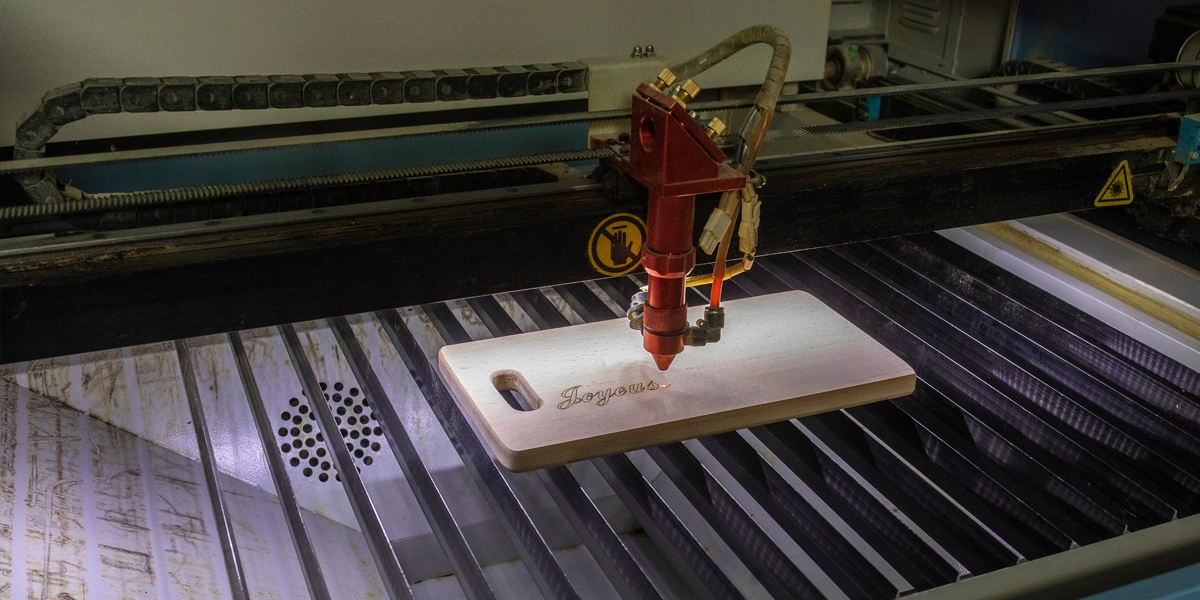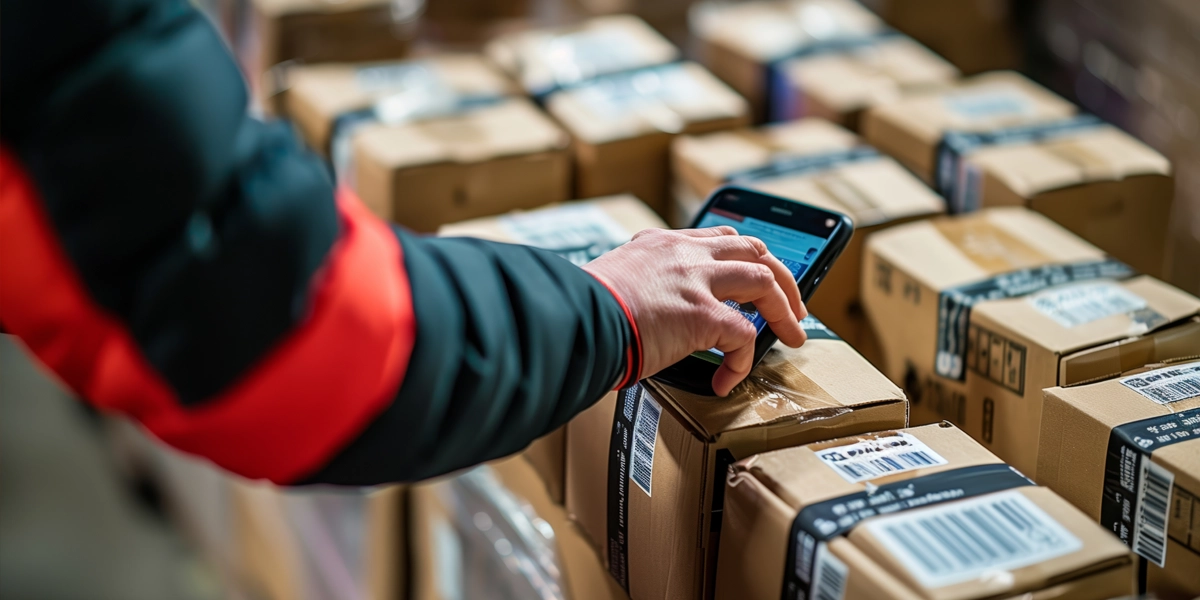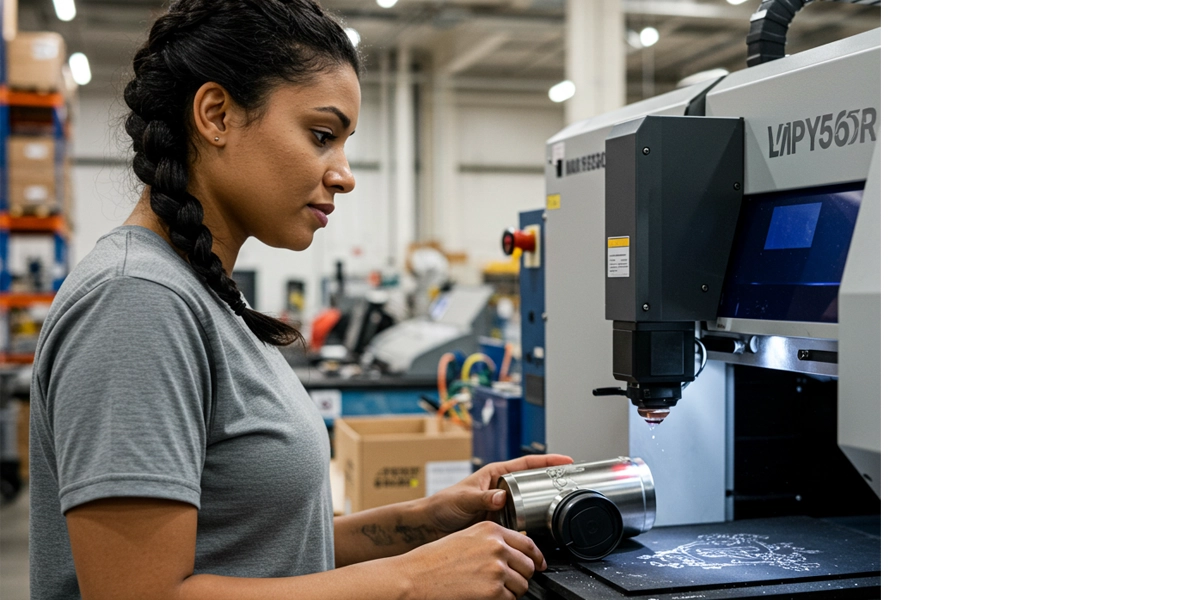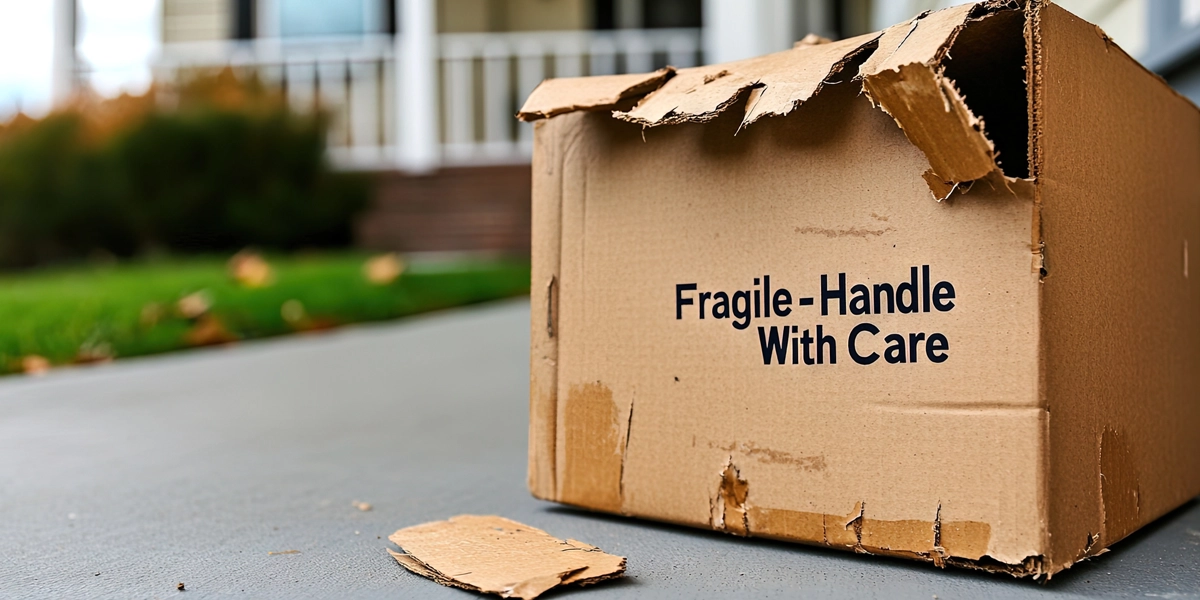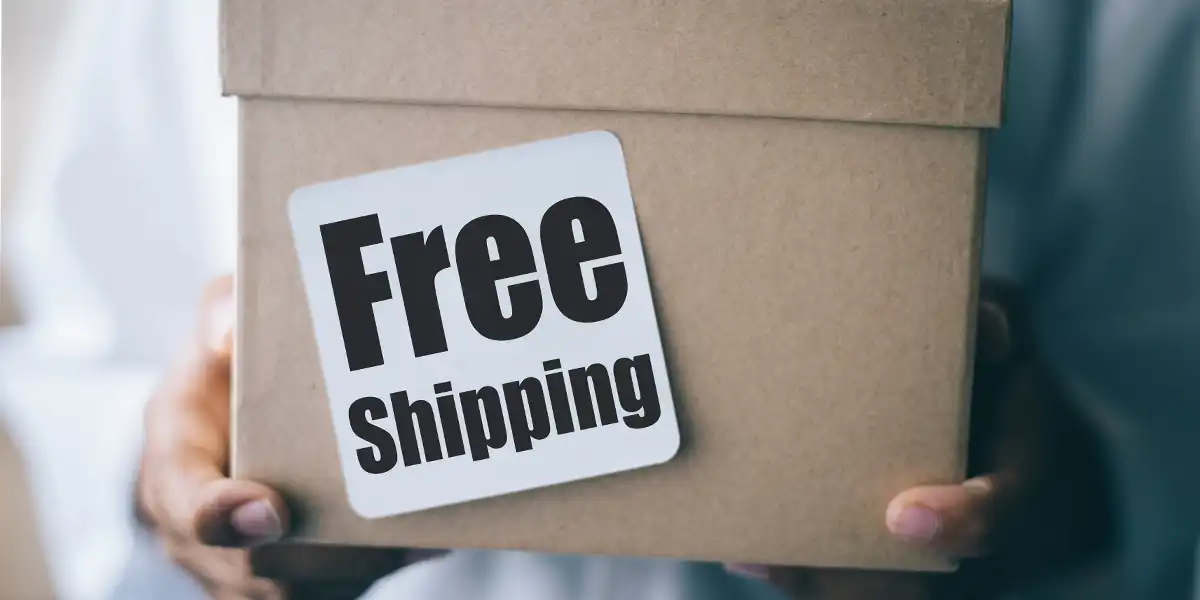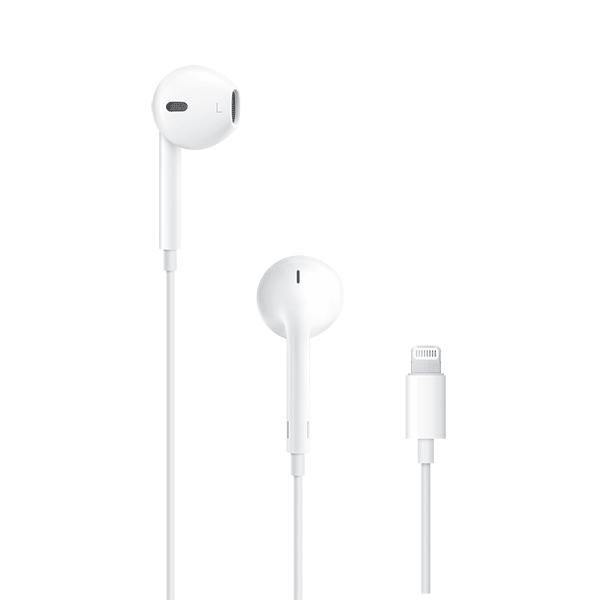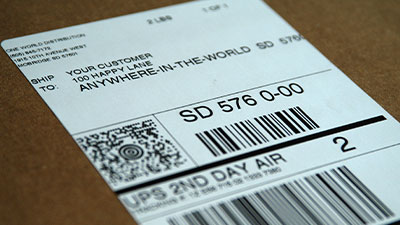In This Article:
The decision between Print on Demand (POD) and Dropshipping can greatly affect how efficiently you run your operations, your costs, and how satisfied your customers are. Both methods have their advantages and drawbacks. Print-on-demand allows for greater control over the production process, ensuring consistent quality and faster turnaround times. However, higher upfront costs and storage space may be required for inventory. On the other hand, Dropshipping eliminates the need for extensive inventory management and reduces initial investment. Yet, it can be challenging to maintain quality control and longer shipping times may affect customer satisfaction. If you’re looking to explore new paths of online retail, such as ecommerce personalization, dropshipping, or print on demand, check out our ultimate guide to give you the ins and outs of each model.
Overview of Ecommerce Business Models
Ecommerce offers various business models, such as:
- Direct-to-Consumer (D2C): Selling directly to customers without intermediaries.
- Business-to-Business (B2B): Transactions between businesses.
- Print on Demand (POD): Custom products are created after an order is placed.
- Dropshipping: Products are shipped directly from suppliers to customers.
Each model has its own advantages and challenges. Understanding these differences helps you align your operations with your business goals.
Brief Introduction to Print on Demand and Dropshipping
Print-on-demand involves creating custom products like apparel, mugs, or posters only after receiving an order. This model minimizes inventory risks and allows for unique branding opportunities. Moreover, it opens avenues for sustainable and eco-friendly fulfillment, aligning with the growing consumer preference for environmentally friendly practices.
On the other hand, dropshipping eliminates the need to hold inventory by directly shipping products from suppliers to customers. This approach offers a wide range of products and a lower upfront investment.
Understanding these models will empower you to make an informed decision tailored to your business needs. Additionally, choosing the right ecommerce platform can enhance your operational efficiency in either model.
Understanding Print on Demand (POD)
What is Print on Demand?
Print on Demand (POD) is a business model that allows you to sell customized products without holding excessive amounts of inventory. In a POD business model, the product gets printed only after placing an order. This eliminates the need for unsold stock and minimizes initial investment.
How the POD Model Works
Understanding how the Print on Demand business model operates can help you leverage its advantages effectively:
- Design Creation: You start by creating unique designs tailored to your target audience.
- Listing Products: These designs are then uploaded to a POD platform where they can be applied to various products like T-shirts, mugs, and phone cases.
- Customer Orders: When a customer places an order, the POD provider prints your design on the selected product.
- Fulfillment: The provider handles the printing, packing, and shipping directly to your customer.
This method streamlines the process and reduces logistics costs, allowing you to focus on marketing and design rather than inventory management.
Different Types of Customizable Products in POD
The versatility of POD extends to a wide range of customizable products:
- Apparel: T-shirts, hoodies, leggings
- Accessories: Tote bags, hats, socks
- Home Décor: Wall art, cushions, blankets
- Stationery: Notebooks, planners
- Drinkware: Mugs, water bottles
Each category presents opportunities for unique branding and personalized experiences for your customers.
Comparing Dropshipping vs Print on Demand
While both dropshipping and POD alleviate the need for excess inventory, there are key differences:
- Customization: POD focuses on custom-designed products, whereas dropshipping generally involves selling pre-made items.
- Fulfillment Time: Both models can have longer fulfillment times than traditional ecommerce, but POD often requires additional time for printing.
- Cost Structure: POD can have higher per-item costs due to customization but offers lower initial investment risks.
Understanding these nuances helps decide which model best aligns with your business objectives.
Advantages of Print-on-Demand
Cost-Effective Startup
Print on Demand (POD) offers a cost-effective entry point for ecommerce entrepreneurs. You can launch your store with minimal financial risk by eliminating the need to invest in inventory upfront. Traditional retail models often require substantial capital to purchase and store products, but POD shifts this burden. You only pay for the production of an item after a customer has placed an order, allowing you to allocate resources more effectively.
Unique Branding Through Custom Designs
POD enables you to create unique, customizable products that reflect your brand’s identity. This model supports a wide range of items—from t-shirts and hoodies to mugs and phone cases—each personalized with your distinct designs. By offering custom products, you differentiate your brand in a crowded marketplace. This approach attracts niche audiences and fosters customer loyalty through exclusive offerings.
For example, an artist can sell prints featuring their artwork, or a fitness influencer might offer branded apparel with motivational quotes. These custom designs help build a strong connection between your brand and your customers.
Reduced Waste and Environmental Benefits
The POD model inherently promotes sustainability by producing items only when ordered. This method significantly reduces waste compared to traditional manufacturing processes, which often involve bulk production and excess inventory that may never be sold.
Printing on demand aligns with eco-friendly business practices by minimizing overproduction and conserving resources:
- Less Material Waste: Items are produced as needed, reducing the likelihood of unsold stock.
- Lower Carbon Footprint: On-demand printing can reduce energy consumption and emissions associated with mass production and storage.
- Sustainable Materials: Many POD providers offer eco-friendly options like organic cotton or recycled materials.
Customers increasingly value brands that demonstrate environmental responsibility. By choosing POD, you optimize operational efficiency and appeal to eco-conscious consumers.
By leveraging these advantages, you position your ecommerce business for success while addressing market demands for unique and environmentally sustainable products.
Disadvantages of Print on Demand
1. Longer Fulfillment and Shipping Times
One significant drawback of the print-on-demand (POD) model is the longer fulfillment and shipping times. Unlike traditional inventory models, where products are pre-manufactured and stored, POD items are produced only after an order is placed. This “print-to-order” approach can result in delays, affecting customer satisfaction.
For example, a custom-printed t-shirt may take several days to produce before it even begins its shipping journey. During peak seasons like holidays, these delays can be further exacerbated, making timely delivery challenging.
2. Higher Product Costs Compared to Wholesale Items
Another disadvantage of print-on-demand is the higher product costs. Each item is produced individually, which tends to be more expensive per unit than bulk manufacturing methods.
Wholesale items benefit from economies of scale, where the cost per unit decreases as production volume increases. In contrast, every POD item incurs a fixed production cost, often leading to higher retail prices for customers. This price hike can sometimes deter potential buyers looking for more affordable options.
3. Limited Product Range and Scalability Issues
The range of products available through POD services can be somewhat limited compared to other ecommerce models like dropshipping.
While you can customize various items such as t-shirts, mugs, and phone cases, the selection isn’t as extensive as what you might find through wholesale suppliers or dropshippers who offer thousands of different products. Additionally, scalability becomes an issue when your business grows rapidly; POD services may struggle to keep up with the high demand.
Understanding these disadvantages can help you make more informed decisions about whether print-on-demand aligns with your business goals and operational capabilities.
Understanding Dropshipping
What is Dropshipping?
Dropshipping is a retail fulfillment method in which an online store doesn’t keep the products it sells in stock. Instead, when you sell a product using the dropshipping model, you purchase the item from a third-party supplier, who then ships it directly to your customer. This means you never have to handle the product yourself.
How the Dropshipping Model Works
The dropshipping business model operates on a straightforward process:
- Customer Places an Order: A customer visits your ecommerce store and places an order.
- Forward Order to Supplier: You forward the order details to your dropshipping supplier.
- Supplier Ships the Product: The supplier picks, packs, and ships the product directly to your customer.
- You Earn Profit: You earn the difference between what you charged the customer and what you paid the supplier.
The simplicity of this model is appealing as it allows you to focus on marketing and customer service without worrying about inventory management.
Overview of Suppliers and Order Fulfillment in Dropshipping
Successful dropshipping hinges on reliable suppliers. Choosing the right suppliers can make or break your business because they play a critical role in ensuring timely and accurate deliveries.
Types of Suppliers:
- Manufacturers: Directly source products from manufacturers for better pricing but may require bulk purchasing.
- Wholesalers: Purchase from wholesalers who offer a variety of products at competitive prices.
- Dropship Aggregators: Use platforms that aggregate multiple suppliers, offering a broader range of products.
Order Fulfillment Process:
- Integration: Seamlessly integrate your ecommerce platform with suppliers’ systems via APIs or plugins for automated order processing.
- Communication: Maintain clear communication channels with suppliers to manage orders and resolve any issues promptly.
- Tracking: Ensure real-time tracking information is available to inform customers about their order status.
Understanding these facets will help streamline your dropshipping operations, ensuring a smooth experience for both you and your customers. By mastering these elements, you’re well-equipped to harness the potential of dropshipping effectively within your ecommerce strategy.
Advantages of Dropshipping
Minimal Upfront Investment Requirements
Dropshipping significantly lowers the barriers to entry for new entrepreneurs. Traditional supply chain models require substantial capital to purchase inventory, warehouse space, and logistics. However, with dropshipping, you only pay for a product after a customer places an order. This eliminates the need for large initial investments and reduces financial risk.
Wide Range of Products Available for Sale
One of the standout advantages of dropshipping is the extensive product range you can offer. Since you don’t need to pre-purchase or stock products, you can list various items in your online store. Whether it’s electronics, apparel, or niche products, dropshipping allows you to cater to various market segments without physical storage constraints. Common dropshipping niches include:
- Electronics
- Clothing and Accessories
- Home Decor
- Niche Market Items
This versatility can help attract a broader customer base and swiftly adapt to changing consumer demands.
Flexibility to Pivot Based on Market Trends
The dynamic nature of dropshipping provides unparalleled flexibility. You can quickly adapt your product offerings based on current market trends without worrying about leftover inventory. This agility allows you to respond promptly to seasonal changes, emerging trends, or sudden spikes in demand.
This nimbleness is essential in today’s fast-paced ecommerce landscape where trends can shift overnight. The advantages of dropshipping make it an appealing choice for many ecommerce entrepreneurs. By minimizing upfront costs, offering a wide range of products, and providing the flexibility to pivot based on market trends, it presents a viable path for establishing a successful online business.
Disadvantages of Dropshipping
1. Quality Control Challenges
Reliance on suppliers introduces significant quality control challenges. Unlike traditional retail, where you can inspect inventory firsthand, dropshipping places the responsibility of product quality squarely on your suppliers. This can lead to inconsistent product standards and potentially dissatisfied customers.
2. Increased Competition
Dropshipping’s low barrier to entry attracts numerous entrepreneurs, leading to heightened market competition. Many sellers offer similar or identical products, making it difficult to stand out.
Example: Selling popular items like tech gadgets or fashion accessories means competing with countless other stores, often leading to price wars and thin profit margins.
3. Less Control Over Fulfillment Processes
Control over fulfillment is another critical issue in dropshipping. Since you don’t handle inventory directly, you depend on suppliers for timely order processing and shipping. Any delays or picking errors on their part directly impact your business reputation.
- Shipping Delays: Unpredictable shipping times can frustrate customers.
- Inventory Issues: Stock levels aren’t always updated in real-time, leading to backorders or cancellations.
- Returns Management: Handling returns can be cumbersome and time-consuming, often resulting in higher costs and customer dissatisfaction.
Understanding these disadvantages helps you weigh Print on Demand vs Drop Shipping. Identifying potential pitfalls allows you to develop strategies that mitigate risks associated with dropshipping.
Comparing Print on Demand and Dropshipping Models
Understanding the differences between Print on Demand (POD) and Dropshipping can greatly impact your ecommerce strategy. Each model has its own advantages and challenges, making it essential to compare them to find out which one better fits your business goals.
Key Differences Between POD and Dropshipping Models
1. Inventory Management
- Print on Demand: No inventory is required. Products are created only when an order is placed, reducing the need for storage space.
- Dropshipping: Also does not require holding inventory, but relies on third-party suppliers to fulfill orders directly from their stock.
2. Customization
- Print on Demand: Allows for extensive product customization. You can offer unique designs, personalized products, and niche items that cater specifically to your audience’s preferences.
- Dropshipping: Limited customization options, as products come pre-made from suppliers. Custom branding or modifications are generally not feasible.
3. Startup Costs
- Print on Demand: Low initial investment. You only pay for the product once an order is placed, making it cost-effective for startups.
- Dropshipping: Similarly low startup costs since you don’t need to purchase inventory upfront.
4. Product Range
- Print on Demand: Typically focuses on customizable items such as apparel, accessories, home decor, and stationery. The range of products might be limited compared to traditional retail.
- Dropshipping: Offers a wide variety of pre-made products across multiple categories like electronics, fashion, beauty, and home goods.
5. Fulfillment Speed
- Print on Demand: Production starts after an order is placed, leading to longer fulfillment times which can impact customer satisfaction.
- Dropshipping: Generally faster as products are already manufactured and ready for shipment once an order is received.
6. Quality Control
- Print on Demand: Higher control over product quality since you select the materials and printing techniques.
- Dropshipping: Quality varies based on supplier reliability; issues may arise if suppliers fail to meet quality standards.
7. Scalability
- Print on Demand: Scalability can be challenging due to production time constraints and limited product offerings.
- Dropshipping: Easier to scale by adding new products from various suppliers without worrying about production logistics.
Strategic Considerations
When choosing between POD and Dropshipping:
- Evaluate your branding needs. If unique branding and personalization are key, POD offers more flexibility.
- Assess market demand for quick delivery versus customized products. Dropshipping excels in speed; POD shines in uniqueness.
- Consider long-term growth. Dropshipping allows rapid expansion by diversifying product offerings quickly, while POD provides a tailored approach that builds a loyal customer base through personalized items.
By carefully comparing Print on Demand and Dropshipping, you can determine which model aligns with your business strategy to maximize efficiency and customer satisfaction.
Which Model is Right for You?
Deciding between dropshipping and print-on-demand depends on several critical factors unique to your business. Understanding these components helps in making an informed choice.
1. Business Goals
- Revenue Objectives: If your primary aim is to scale quickly with a broad product range, dropshipping offers a vast catalog without needing upfront inventory investment. Conversely, if you focus on creating a niche market with personalized items, Print on Demand (POD) allows you to sell custom-designed products that cater to specific customer interests.
- Brand Identity: Establishing a strong brand presence might sway you towards POD. The ability to offer unique designs differentiates you from competitors and builds brand loyalty.
2. Design Skills
- Creative Capabilities: POD thrives on creativity. Your ability to design appealing graphics or artwork directly impacts sales. If you possess strong design skills or have access to talented designers, POD can be an excellent platform for showcasing custom products.
- Outsourcing Options: Dropshipping doesn’t demand the same level of design expertise. Instead, it relies on selecting quality products from suppliers and focusing on marketing and customer acquisition.
3. Inventory Management
- Control Over Stock: With dropshipping, inventory management is simplified as suppliers handle stock levels and fulfillment processes. You’ll avoid the complexities of managing physical products but must depend heavily on supplier reliability.
- Customization at Scale: POD requires meticulous attention to detail for each order’s customization process. This model can limit scalability compared to dropshipping, where product offerings can expand rapidly without additional operational burdens.
4. Market Trends
- Adaptability: Dropshipping’s flexibility allows you to pivot based on market trends and customer preferences. It’s ideal for testing new niches without significant financial risk.
- Sustainability Concerns: If environmental impact is a priority, POD aligns better with that goal due to its made-to-order nature, which reduces waste and excess inventory.
Tips for Success in Each Model
Best Practices for Print on Demand (POD) Businesses
1. Master Design Skills
Your custom designs set you apart in the POD market. Investing in design software like Adobe Illustrator or CorelDRAW pays off. Consider online courses to enhance your skills.
2. Develop a Strong Brand Identity
Consistency is key. Use a unique logo, color scheme, and messaging across all platforms. This builds brand recognition and loyalty among customers.
3. Optimize Your Online Store
User experience (UX) directly impacts sales. Ensure your website is mobile-friendly, has fast loading times, and a seamless checkout process. Utilize high-quality images and detailed product descriptions.
4. Leverage Social Media Marketing
Platforms like Instagram and Pinterest are ideal for showcasing visual products. Engage with your audience through stories, posts, and ads to drive traffic to your store.
5. Employ SEO Strategies
Optimize product titles, descriptions, and tags with relevant keywords. This improves search engine rankings and increases organic traffic to your site.
6. Use Email Marketing
Build an email list to send newsletters, promotions, and updates about new products. Tools like Mailchimp or Constant Contact help automate this process.
Best Practices for Dropshipping Businesses
1. Choose Reliable Suppliers
Vet suppliers thoroughly to ensure they provide quality products and timely shipping. Platforms like AliExpress or Oberlo can help find reputable suppliers.
2. Automate Order Processing
Use tools like Shopify or WooCommerce plugins to automate order processing and inventory management. This reduces manual work and minimizes errors.
3. Focus on Customer Service
Offer multiple contact options—live chat, email, phone support—to address customer inquiries promptly. Quality service enhances customer satisfaction and retention.
4. Monitor Market Trends
Stay agile by keeping an eye on market trends and consumer preferences. Use tools like Google Trends or SEMrush to identify trending products.
5. Optimize Advertising Campaigns
Invest in targeted advertising on platforms such as Facebook Ads or Google AdWords. Tailor your campaigns based on customer demographics and behavior data.
6. Maintain Competitive Pricing
Analyze competitors’ pricing strategies regularly to ensure your prices remain competitive while maintaining acceptable profit margins.
Print on Demand vs Drop Shipping: Key Takeaways
- POD businesses thrive on unique designs and strong brand identity, making design skills crucial.
- Dropshipping benefits from efficient supplier relationships, emphasizing the need for reliable suppliers.
- Both models require robust marketing strategies, from social media campaigns to SEO optimization.
- Automation tools streamline operations in both POD and dropshipping setups.
- Customer service excellence is vital across both models to build trust and loyalty.
These best practices ensure that you are well-equipped to maximize success in your ecommerce venture, whether you choose Print on Demand or Dropshipping.
The Role of Ecommerce Fulfillment Services
Ecommerce fulfillment services, such as those offered by One World Direct, are crucial for the smooth operation and success of your online business. These services handle everything after a purchase is made, including processing orders, packaging items, and shipping them to customers. As your dropshipping or print on demand business expands, it’s important to grasp how these services work, as they could prove valuable in the near future.
Importance of Fulfillment in Ecommerce Success
Order Quality and Delivery Times
- Fulfillment centers ensure that each order is packed accurately, reducing the risk of errors.
- Efficient packaging practices protect products during transit, minimizing damages and returns.
- Fast and reliable delivery times enhance customer satisfaction and foster repeat business.
- Ecommerce fulfillment services often provide multiple shipping options, allowing you to cater to different customer needs.
Scalability
- As your business grows, fulfillment services can scale with you, handling increased order volumes seamlessly.
- They offer flexible storage solutions, helping you manage inventory effectively without overcommitting resources.
Technology Integration
- Advanced fulfillment centers use state-of-the-art technologies like Warehouse Management Systems (WMS) to track inventory in real-time.
- Integration with ecommerce platforms and marketplaces streamlines order processing and automatically updates customers with tracking information.
Key Benefits of Using Ecommerce Fulfillment Services
Efficiency
- Streamlined processes from order receipt to dispatch ensure quick turnaround times.
- Automation reduces manual errors and speeds up operations, making your business more efficient.
Cost-Effectiveness
- Outsourcing fulfillment can be more cost-effective than managing logistics in-house.
- With economies of scale, fulfillment centers often negotiate better shipping rates with carriers, passing savings onto you.
Focus on Core Business Activities
- Delegating fulfillment tasks lets you focus on core aspects like product development, marketing, and customer service.
- This division of labor can propel your business forward by leveraging specialized expertise in logistics.
Added Customization Options with Ecommerce Fulfillment Services
Personalized-to-Consumer (P2C) Fulfillment
Services such as embroidery, engraving, and custom greeting cards offer unique ways to personalize products at checkout through Personalized-to-Consumer Fulfillment. These customization options enhance the customer experience by adding a personal touch to orders.
Custom Packaging Solutions
Options for custom packaging and unboxing experiences can elevate your brand’s image. Including personalized notes or branded materials in packages helps build a connection with your customers.
Support Services
Customer Service Integration
Many ecommerce fulfillment providers offer comprehensive customer service support via phone, email, and live chat. Dedicated account managers ensure that any issues are resolved promptly, maintaining high levels of customer satisfaction.
Returns Management
Efficient returns processes are essential for maintaining customer trust. Fulfillment centers handle returns seamlessly, providing services like pre-printed return labels and quality checks on returned items.
Leveraging ecommerce fulfillment services optimizes your logistics operations and enhances the overall customer experience. These benefits underscore why choosing the right fulfillment partner is crucial for scaling your ecommerce business successfully.
Print on Demand or Dropshipping: Which One is Best for You?
Choosing between Print on Demand and Drop Shipping depends on your business needs and goals. Print on Demand (POD) offers a unique opportunity for brand differentiation through custom designs, though it may come with longer fulfillment times and higher product costs. On the other hand, dropshipping provides a broad product range and flexibility with minimal upfront investment, yet it poses challenges in quality control and market competition.
Discover how OWD can help during a complimentary logistics consultation. Schedule a call and we can discuss the right model to meet your goals and how our fulfillment expertise can help increase sales and lower logistics expenses.
In This Article:
Subscribe to our Newsletter
Tincidunt urna mauris eu quam vulputate lobortis sit. Purus feugiat arcu nunc quisque massa ut.








